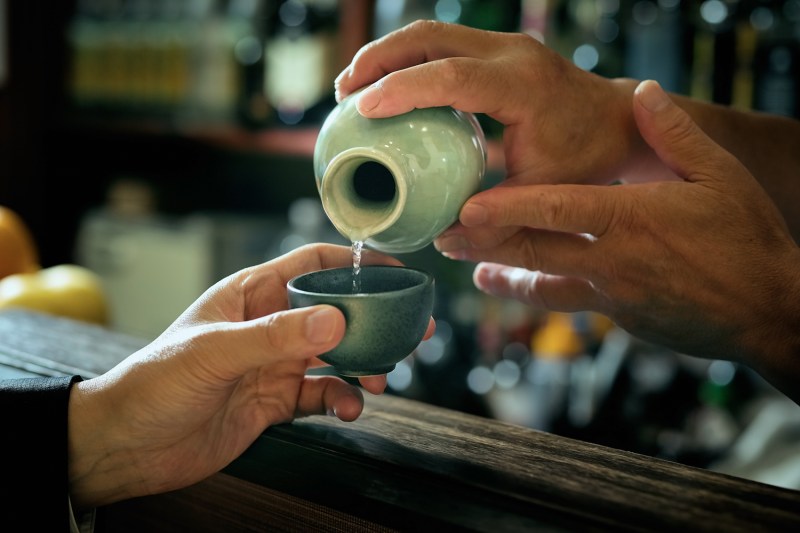
By now, you’ve surely heard of sake. It’s that moderately boozy drink you get at sushi restaurants, sometimes in a two-for-one special during happy hour. Sometimes it’s served hot, and sometimes it’s served cold, and you really like the little cups you drink it out of because they are absolutely charming.
Are we tracking correctly so far? Figured. So, you like sake, but do you actually know what it is?
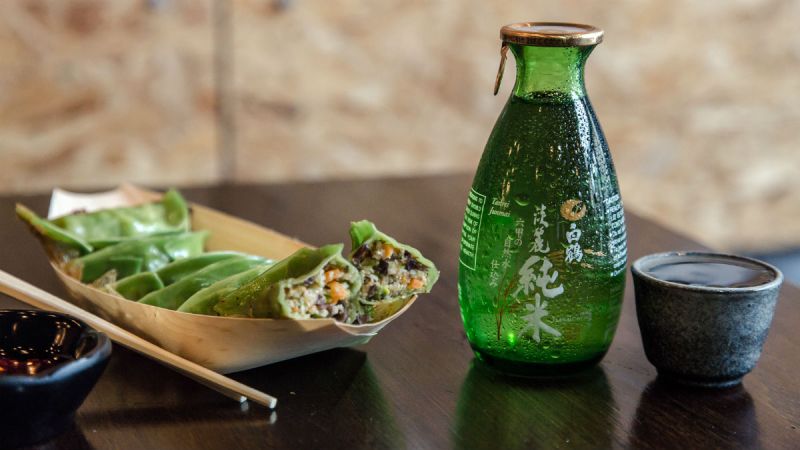
What is Sake?
The national beverage of Japan, sake (pronounced “sah-KAY,” but usually called something more like “sockey” by Americans), is a fermented rice beverage — typically referred to as a rice wine — that has been enjoyed since at least the 8th century CE, though some historians believe it was consumed hundreds of years earlier. It is brewed using highly polished sake mai rice, water, a mold called Aspergillus oryzae (also used in the fermentation of soy sauce), and yeast. Fine sakes are aged for a year or more, and most variations have an alcohol-by-volume content of between 15% and 20% alcohol. (Strong undiluted sake, called Genshu, might have an ABV of 20% plus.)
As for the hot/cold conundrum, the simple rule of thumb is that higher-quality sakes should be served slightly chilled, while cheaper sakes should be warmed up. Cooler temperatures (45 degrees or so) allow the full flavor profile of the sake to emerge. A cheaper sake with a rougher flavor profile (think sweeter and fruitier) benefits from warmth because some of the off-notes are less easily discerned.
Unlike with wines, however, sake temperature is by and large a matter of personal preference. As long as you don’t chill it below 40 degrees or heat it above 105 or so, you’re not doing it wrong.
There are myriad types of sake out there, but the majority are divided into two categories. There is Ordinary Sake, which constitutes the bulk of the beverage, and Special Designation Sake, of which there are eight different varieties. The different designations reference the amount of polishing the rice has gone through, in addition to a few other elements.
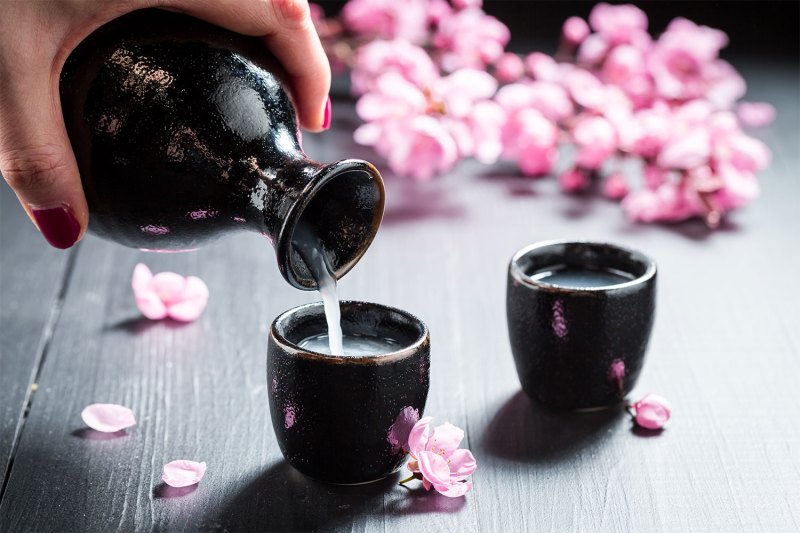
How do you drink Sake?
That’s really up to the individual, but like a good craft beer or wine, sake should be sipped. While it’s become somewhat common to take shots of the stuff or going the Sake Bomb route (a shot of sake dropped into a beer and chugged), these are largely Americanizations or party tricks.
Traditionally, sake is enjoyed on its own or with a meal in smaller cups. If you don’t have a small ceramic or cedar cup, go with a good wine glass or snifter. Really, you just need something you can get your nose into so you can enjoy the complexity at hand.
And now that you know the 4-1-1 about the stuff, here are eight sakes you should try.
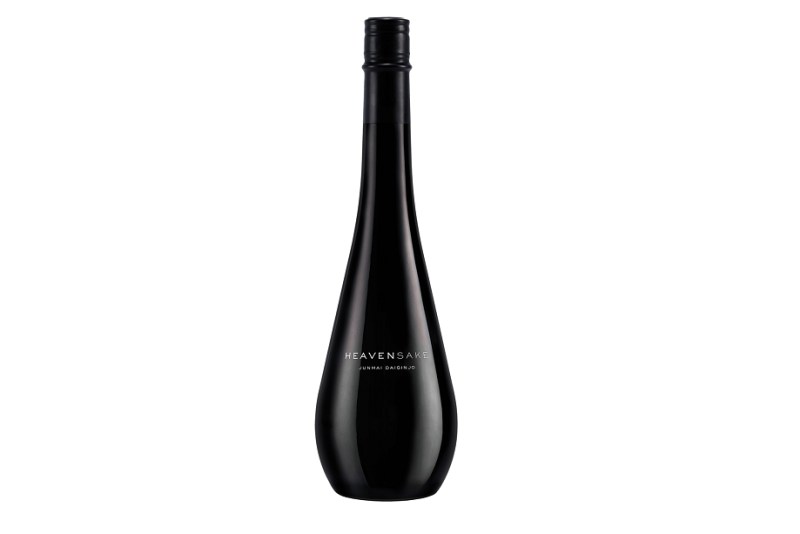
Heaven Sake Junmai Daiginjo
Created by a French winemaker who teamed up with a traditional Japanese sake brewer, this superlative sake has notes of pears, berries, and wine grapes. Only problem? It costs more than $100 a bottle.
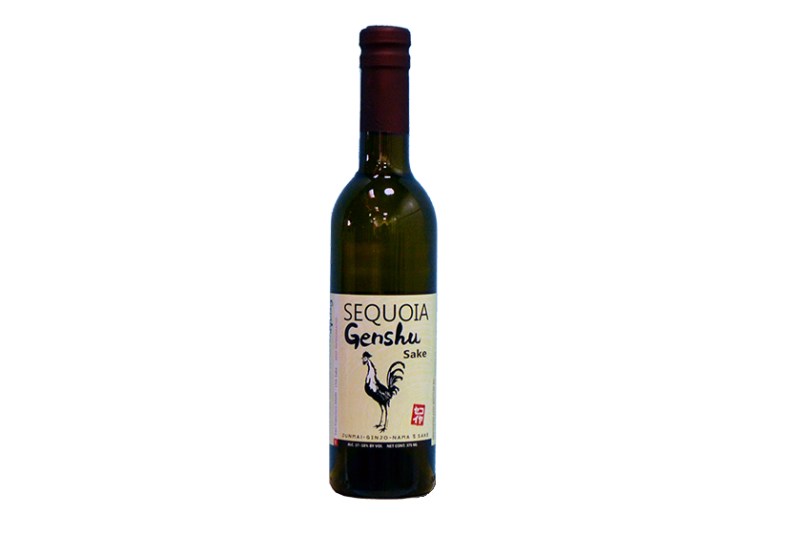
Sequoia Sake Genshu
With a bold flavor of dried fruit and spice, this sake, brewed in San Francisco, goes well with spicy foods and meats.
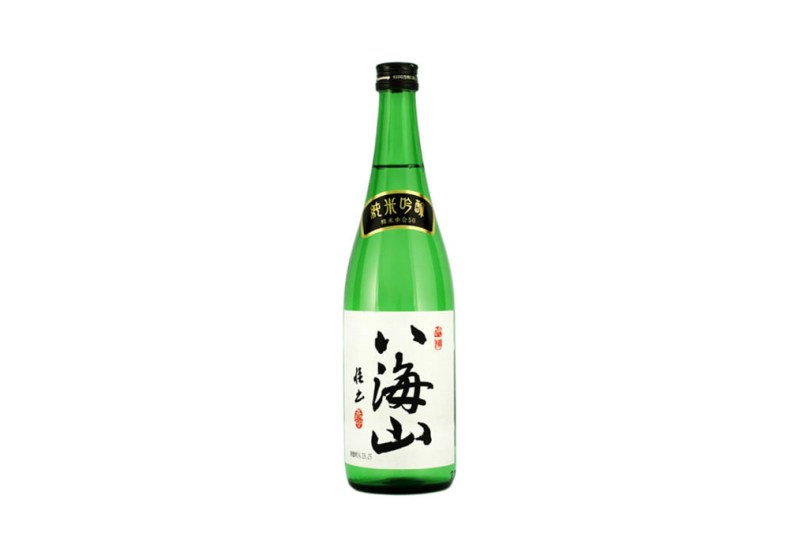
Hakkaisan Junmai Ginjo
Hakkaisan is made from the Niigata Prefecture, a place celebrated for its water. It’s a clean, crisp sake that makes a good starting point for the novice drinker.
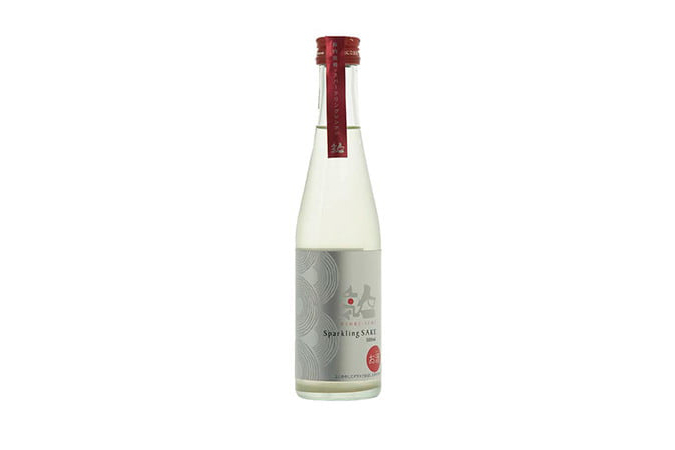
Ninki Ichi Sparkling Sake
This bottle-fermented sake has a light natural carbonation with mild effervescence similar to the mouthfeel of a prosecco or Cava wine.
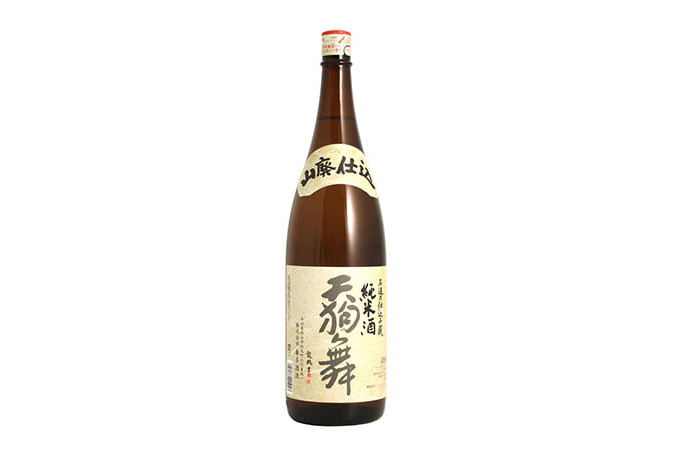
Tengumai Yamahai Junmai
Aged for approximately a year and a half, this sake has a bold flavor profile more akin to a mild liquor than a wine.
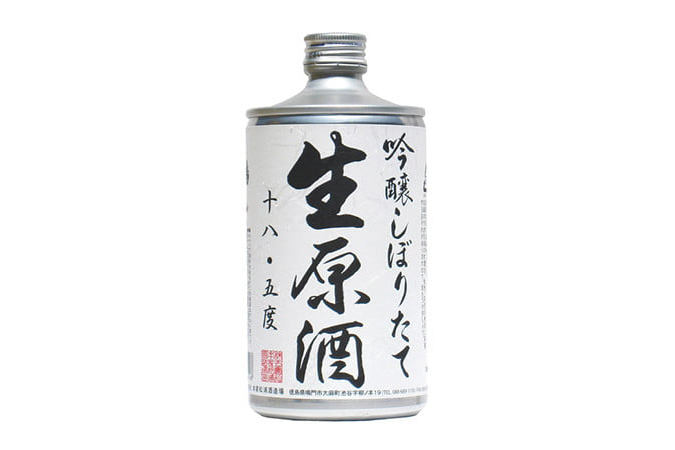
Narutotai Ginjo Nama
Unpasteurized and undiluted, this canned sake has bright, fruity notes that make it a great candidate for serving warm. (It’s not low quality, it just tastes great that way.)
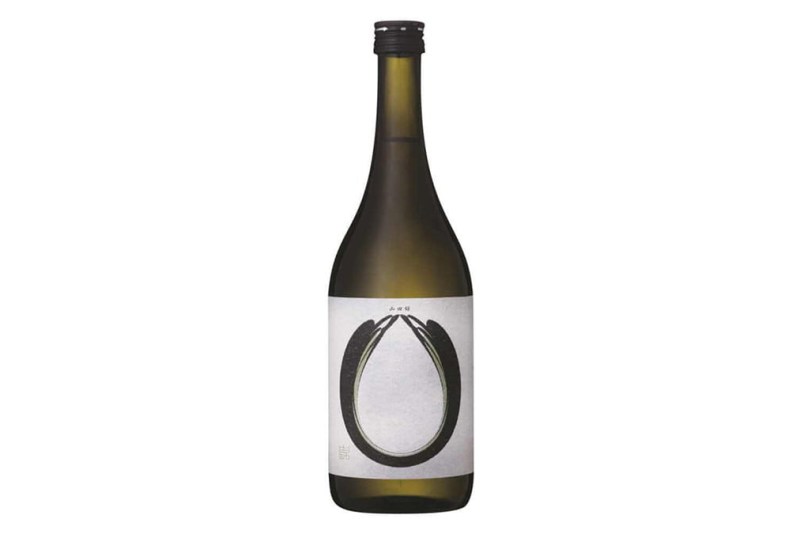
Nanbu Bijin Shinpaku
This white wine-like sake goes down smooth and easy and is good to enjoy by the glass instead of in a small cup. Just keep it to one or two glasses.
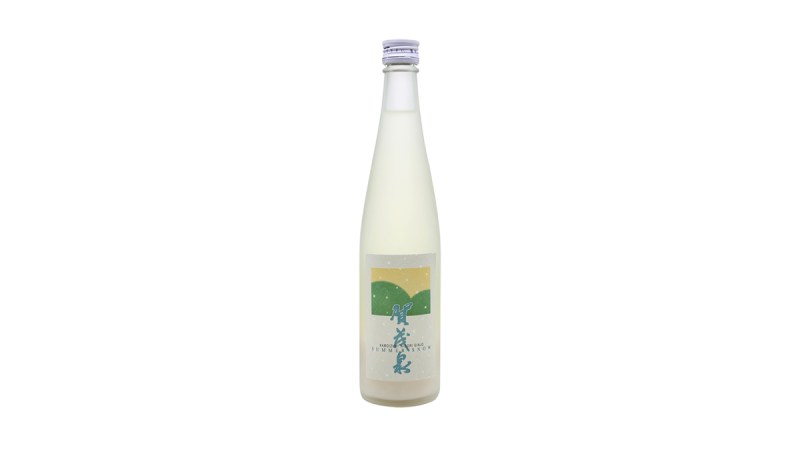
Kamoizumi Nigori Gingo
This dry sake makes a good palate cleanser served between dishes or as an aperitif before a meal.
That’s just the beginning when it comes to the flavorful fermented liquid born in Japan. Check out our favorite sake cocktails, along with major sake myths, of which there are more than you might think. Hungry? The beverage goes great with a lot of things, but sake and dumplings is a particularly great pairing.


